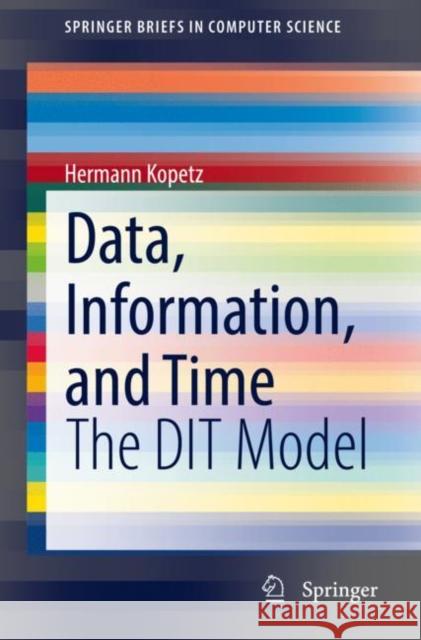Data, Information, and Time: The Dit Model » książka
topmenu
Data, Information, and Time: The Dit Model
ISBN-13: 9783030963286 / Angielski / Miękka / 2022 / 88 str.
Kategorie:
Kategorie BISAC:
Wydawca:
Springer
Język:
Angielski
ISBN-13:
9783030963286
Rok wydania:
2022
Ilość stron:
88
Waga:
0.14 kg
Wymiary:
23.39 x 15.6 x 0.46
Oprawa:
Miękka
Wolumenów:
01
Dodatkowe informacje:
Glosariusz/słownik
Wydanie ilustrowane
Wydanie ilustrowane











